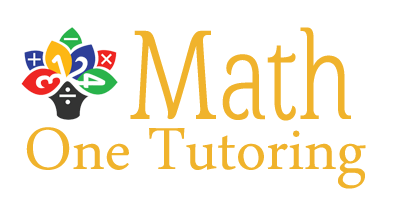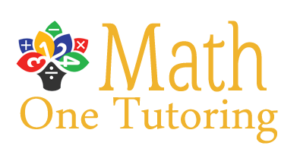Curriculum
Having worked with numerous students across several students in the US over the years, I am well versed with a variety of curriculum standards. In Texas, I follow the TEKS standards for aligning the lesson plan in teaching the curriculum. The TEKS standards are divided into process standards and content standards. The process standards state the mathematical practices for all grade levels and the content standards stipulate the content to be mastered at each grade level. For most of the curricula, the overarching goal is to make the students “college and career ready”. As an educator, my goal is not only to make the student proficient in the content standards, but also help them develop lifelong best practices.
Mathematical process standards (from the TEKS document):
The student uses mathematical processes to acquire and demonstrate mathematical
understanding. The student is expected to:
(A) apply mathematics to problems arising in everyday life, society, and the workplace;
(B) use a problem-solving model that incorporates analyzing given information, formulating a plan or strategy, determining a
solution, justifying the solution, and evaluating the problem-solving process and the reasonableness of the solution;
(C) select tools, including real objects, manipulatives, paper and pencil, and technology as appropriate, and techniques, including
mental math, estimation, and number sense as appropriate, to solve problems;
(D) communicate mathematical ideas, reasoning, and their implications using multiple representations, including symbols,
diagrams, graphs, and language as appropriate;
(E) create and use representations to organize, record, and communicate mathematical ideas;
(F) analyze mathematical relationships to connect and communicate mathematical ideas; and
(G) display, explain, and justify mathematical ideas and arguments using precise mathematical language in written or oral
communication.

Approach
I identify students’ problem areas and strengths and work with them in positive, constructive ways to attain the needed progress. I design my lessons according to my students’ requirements with an emphasis on strengthening the core concepts and problem-solving. I constatly strive to see the progress in students.
My approach to teaching math is to make them learn the concepts deep enough to understand, appreciate and enjoy what they are learning. Every topic I teach I make sure they are able to solve the related word problems to make sense of of why they are learning. How to solve a problem accounts to procedural fluency and why they are solving a problem a particular way develops the higher order thinking. And I make this happen by teaching them with 360 degree approach. I employ the use of technology for virtual manipulatives, graphing and geometric tools such as geogebra as required to enhance the learning experience for students. I believe that learning math means trying problems, making mistakes, trying a different strategy and then get the Aha ! moment. It might involve sketching graphs and making observations, connecting the dots to relate the concepts . I integrate old school methods with latest technology apps and manipulatives including Geogebra, Desmos, MathOpenRef etc. Along with this, I stir in a bit of excitement with mazes, cross words, math bingo !
Here are some examples of how students learn hands-on:
- Use Algebra tiles to solve algebraic equations
- Percent number lines to understand markups, discounts, sales tax etc.
- Solving proportions using models, equations and tables
- Similar figures and scaling
- Areas and perimeter of polygons, circles and composite shapes
- Pythagorean theorem and its applications
- Surface Areas and Volumes of prisms and pyramids, cylinders and cones


